
1 Presets

Shows a set of predesigned styles of the footer for you to choose from. You can select from the predesign style options and modify its look as per your need.

2 Layout
![]()
Provides you a choice either to display the footer in your template/website or not. Additionally, TemplateToaster also lets you make sticky footer if you need it. You can choose from given footer layout options that best suit your design.

3 Background

Lets you choose a preferred colour, gradient, or image to apply to the background of the footer. Also TemplateToaster features the following additional background options to make your design look fantastic:
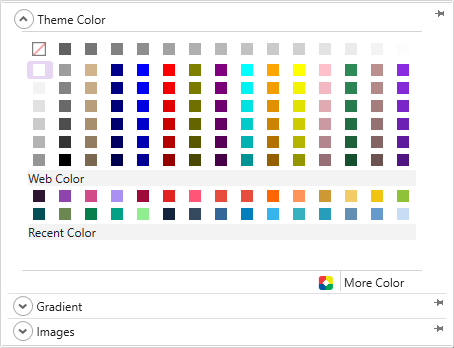
Color picker-
TemplateToaster gives you a color picker to choose a background colour as suitable. Here are the details about the color picker.
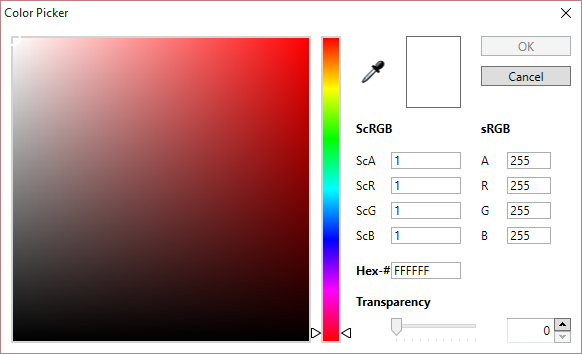
Custom Gradient-
You can create custom gradients with the preferred angle, colour, and offset choices. You can save the gradients as well and use it later. See this to learn information about creating and saving the custom gradients.
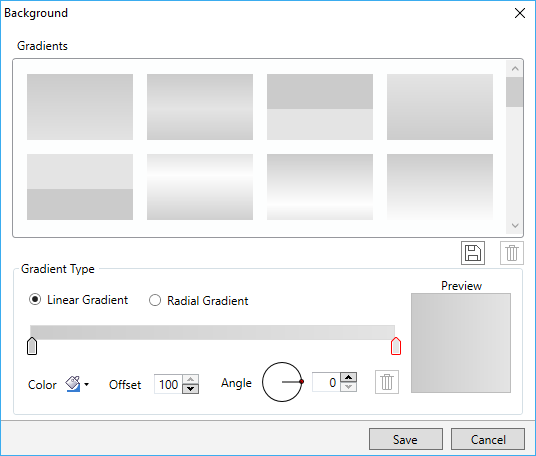
Browse Images-
You can apply an image in the background of the footer as well. TemplateToaster has an inbuilt stock of free images. You can even browse and then edit those custom images and use it in the footer.
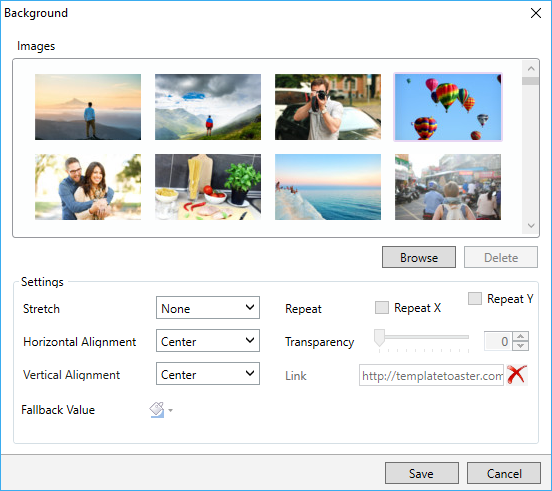
TemplateToaster has an image editor with so many option to edit and customize the browsed images. For detailed information, see this.

4 Height
![]()
Lets you specify the height of the footer.
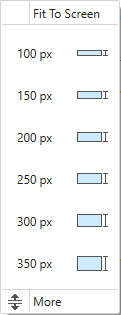
More-
Use the “More” option to specify the custom height.

5 Width
![]()
You can use this option to change the width of the footer. For this three options are available to specify the width of the footer as given below:

Full Width- Use this to set the width of the footer equal to the width of the browser window.
Equal To Page Width- Makes the width of the footer equal to the width of the page. This option is selected by default but you can change it also.
Custom Width- Lets you mention the custom width of the footer as per your need.
Note: If you have chosen Fixed Width Layout for your template/website, you can set the custom width in pixels. Otherwise, if you have chosen Fluid Width Layout, you can set the custom width in percentage(%).
6 Border
![]()
Use this option to design the border of the footer and make it look appealing. You can use Style, Thickness, Radius, and Colour options to customize the border as you want.
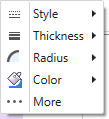
More-
The “More” option lets you display even more border customization options. See this to know the usage of every option given for designing the border.
7 Margin
![]()
You can specify the margin of the footer for all the sides i.e. top, bottom, left, and right.

More-
You can also specify the custom margins with the “More” option.

8 Texture
![]()
Lets you apply a texture to the footer background.
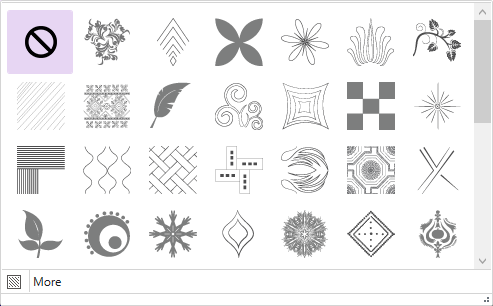
More-
You can also customize the transparency of texture with the “More”. Here are more details on this.
9 Effects
![]()
You can also apply an effect on the footer background.
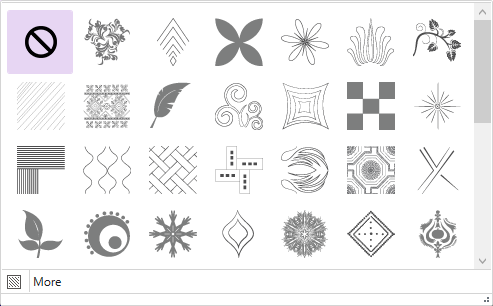
More-
Lets you customize the transparency of the effect with the “More” option. Here are the more details.
10 Shadow
![]()
You can also give a shadow effect to the footer background.
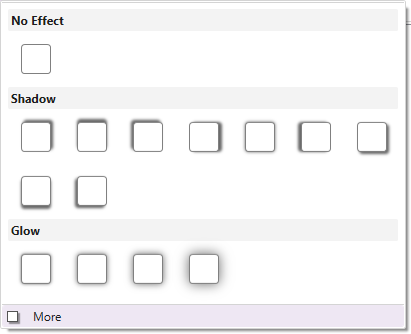
More-
With the “More” you can even customize the colour, angle, blur, and distance of the shadow effect. Here are the details.
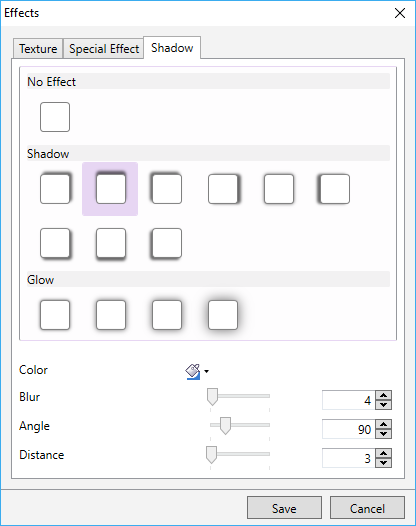
11 Image

Besides the header background image, TemplateToaster allows you to insert foreground image(s) in the footer to make the template/ website look more professional and amazing. You can apply an image on the footer foreground using this option.
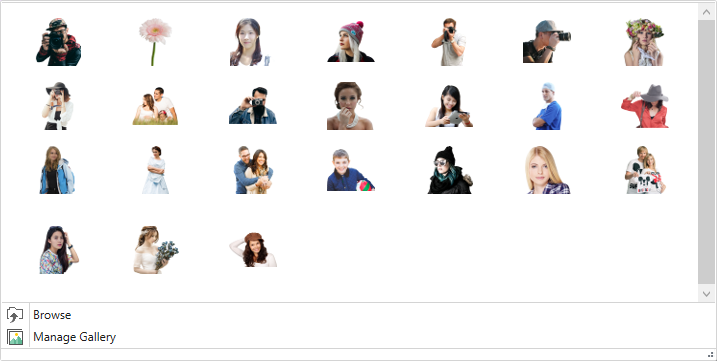
More-
Use the “More” to link the image to a custom URL. The link can be configured to open in a new window. If you need, you can change the transparency of the image and rotate it around the X or Y axis.
12 Text Areas

Lets you draw the text areas on the footer. You can also add custom text, image, and video in your text area as needed. Just “double click” on the text area to modify its dimensions, add text, add a background image, colour, and a lot more. Text formatting can also be done.
13 Background

Displays a dialog box as shown below. From here, you can apply a colour, gradient, and even an image in the background of a Footer Row.

14 Margin
![]()
Use this to specify all of the margins (Top, Bottom, Right, Left) for the Footer Row.
15 Padding
![]()
Lets you set the padding for the Footer Row.
16 Add Cell
![]()
You can also add a Footer Cell in the position bar of the footer area. You can add as many cells as you require.
17 Delete a Cell
![]()
Use this option to delete a cell from the position bar of the footer area.
18 Width
![]()

Lets you specify the width of the footer cell. You can change the width of an individual cell according to the need of the design. To change the width, just select the cell and click on this option.
19 Columns
![]()
Use this to specify the number of columns you want, in the position bar of the footer area.
20 Border
![]()
Lets you design the border of the footer cell. You can use Style, Thickness, Radius, and Colour options to customize the border.

More-
You can use the “More” option to display more border customization options. See this for details.
21 Margin
![]()
Lets you specify the margin of the footer cell for all the sides i.e. top, bottom, left, and right.

More-
You can use this option to specify the custom margins with “More”.
22 Padding
![]()
Use this to specify the padding for the Footer Cell from all the sides (Top, Bottom, Left, Right).
23 Show/Hide Copyright
![]()
Gives a choice either to hide or show the copyright text in your template/ theme or website design.
24 Designed by Text
![]()
Use this to hide/show the “Designed by” text in your template/ theme or website design.
25 Designed By Link
![]()
Gives the choice to hide/show the “Designed by” link in your template/ theme or website design.
26 Social Icons
![]()
You can configure social media accounts in the footer of your template, theme or website. For this, you can choose the icons from the inbuilt icon gallery or you can browse your own custom social media icons and easily add them also.
27 Typography
![]()
Lets you define the typography for the Headings, Text, Lists, Links of the footer area.
Headings

Use this to edit the text style of the headings used in the footer. You can also do following changes like Font Family, Style, Colour etc. in the typography of the headings.
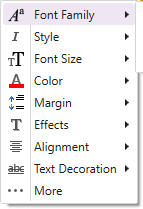
Text
Use this option give a personalized look and feel to the text styles of any plain text that you’ll write in the footer area.
Lists

Usually lists provide a much better way to display data. You can create both, ordered and unordered lists in your template, theme or website. An ordered list is represented with numbers, alphabets while an unordered list with Bullets, Disc, etc. Using this option, you can format the styles of ordered/unordered lists.
Links
Lets you easily set the typography for links in the footer section for all the three states as Active, Normal, Hover. You can also make the following changes to customize a typography pattern.

Here as shown above the ‘More’ option allows you to choose the text format and effects for font.